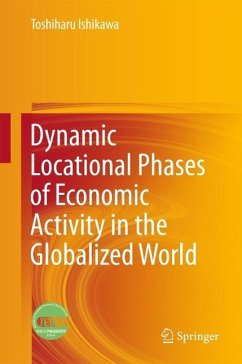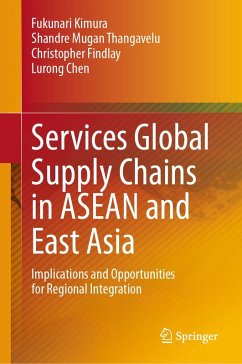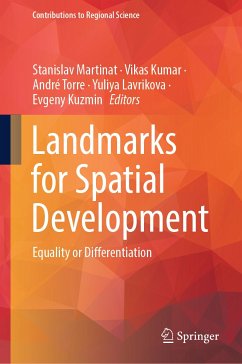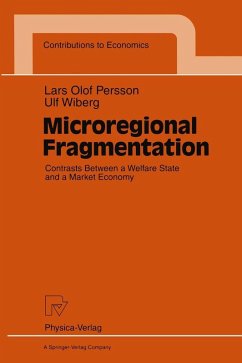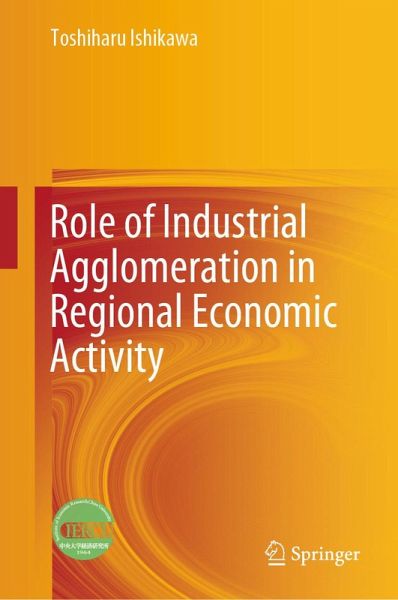
Role of Industrial Agglomeration in Regional Economic Activity (eBook, PDF)
Versandkostenfrei!
Sofort per Download lieferbar
80,95 €
inkl. MwSt.
Weitere Ausgaben:

PAYBACK Punkte
40 °P sammeln!
This book analyzes role of industrial agglomeration in regional economy. The analysis shows the functions of the agglomeration in two stages of economic development, before and after the globalization. This analysis is followed by verification of the effectiveness of the agglomeration analysis by using Japanese economic data. First, the book clarifies that the agglomeration contributes to reducing the production costs though the land-based economies. In line with the minimum-cost logic, it is shown that the market competition modes that minimizes the delivery prices to the consumers comes to p...
This book analyzes role of industrial agglomeration in regional economy. The analysis shows the functions of the agglomeration in two stages of economic development, before and after the globalization. This analysis is followed by verification of the effectiveness of the agglomeration analysis by using Japanese economic data. First, the book clarifies that the agglomeration contributes to reducing the production costs though the land-based economies. In line with the minimum-cost logic, it is shown that the market competition modes that minimizes the delivery prices to the consumers comes to prevail in the spatial goods market. Secondly, the book explains that firms' production processes are fragmented by connection economies and the land-based economies of the agglomeration. The fragmentation increases the differentiation among workers and between the regions. And then, it increases the opportunity for government to intervene in the industrial locations. In this intervention, industrial parks that provide agglomeration economies become important as a means of the policy. The final part of the book shows that the inspection using the regional economic data in Japan supports the effectiveness of the analysis using the concepts of the connection economies and the land-based agglomeration economies. Lastly, an industrial policy based on the results derived by the analysis is proposed for the regions in the rural area.
Dieser Download kann aus rechtlichen Gründen nur mit Rechnungsadresse in A, B, BG, CY, CZ, D, DK, EW, E, FIN, F, GR, HR, H, IRL, I, LT, L, LR, M, NL, PL, P, R, S, SLO, SK ausgeliefert werden.






